|
It's definitely a team sport, this graphic novel creation thing. Sure, there's the actual drawing of the art, and that's in Christina's ballpark. Sorta. Because it actually starts earlier than that. Back in the conception stage, Christina and Daniel work together to brainstorm the storyboard. The storyboard concept is crucial. It serves as a blueprint that we work from. We use it as a reference for lighting, a reference for the photographs and a reference for the final layout and animations. Once the storyboard panel is complete, we can begin taking photos. The photography is Daniel's department. Photographer extraordinaire, he sets up lighting and tries to recreate the poses in the storyboard as accurately as possible. Animals are tricky by the way. And we have a great cat who helps us out with cat poses with incredible grace and cheery attitude (for a cat). But she's not a lap-cat naturally and seemed to be saying, "What the HECK, guys?? I'm outta here!" Not a problem: we snapped her looking content on another day and still got a pose that worked. Once we have photos, it's Christina's turn to take those references and draw them as art. Usually, they're drawn a little larger than they will appear on the page. They're also drawn in separate layers from their cell image. This is so that we can reuse the art later, when we are putting together the graphic novel as a "Graphic Novel VR Experience". Surprisingly one of the easiest steps turned out to be rather tricky: scanning the art. Daniel tried traditional flatbed scanners but was disappointed in the color reproduction and clarity. Ultimately, he ended up shooting each piece of art like a panorama with multiple shots and stitching them together. He also shoots, using cross-polarized light and filtering because otherwise the reflections of the artwork can corrupt the values. It was a bit of a trial and error process but the end result is at full print resolution. Once all the pieces are drawn, we cut them out and put them together in our layout. Then it's time for the animation. Daniel takes the element that we previously decided would be used for the movement and creates a "cinemagraph". This is where that little added animation adds a ton of visual interest. Some of these might be developed in an effects program but many are simply basic frame by frame, hand animation. Ultimately, these cells will also be presented with depth to each layer in virtual reality. That is why we are producing and isolating each element separately. We are developing the coding to map each dimensional and animated page into a virtual 3D book experience. We talked a lot about what a virtual reality graphic novel experience might incorporate and what really adds value, versus simply costing more development time. We want the experience to feel like traveling into the world of "Emily at New Moon". We're working to scan actual historic locations so that as you progress through the story you virtually experience those surroundings.
We also question how much we should gamify the experience and what role audio will play. It isn't really a game so we've decided to keep gamification to a minimum and simply offer the viewers easy access to this rich experience. Likely, we will have more than one experience mode. Great audio is paramount to great presence in VR, but we also don't want to rob our readers of the experience of reading. So the audio supports the environment ambience primarily instead of giving us a full narrative or character performance. We want our readers to have a heightened experience of hyper-realism not to feel like they sat through a movie.
0 Comments
Leave a Reply. |
The TEAM
Two artisans and tech professionals, Christina & Daniel Morrison bring you a new type of VR graphic novel experience. Archives
June 2019
Categories |
|
Making Magic
|

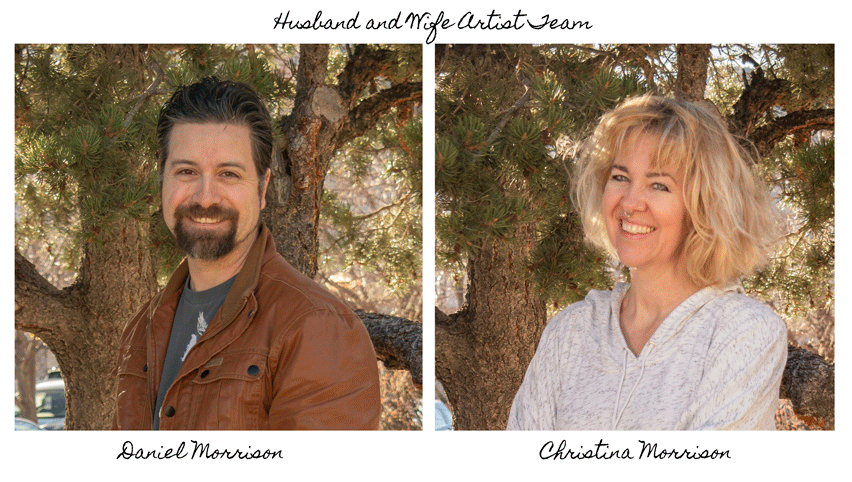
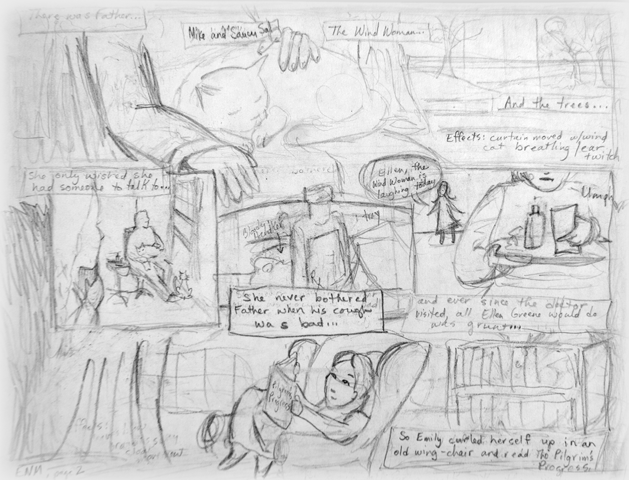
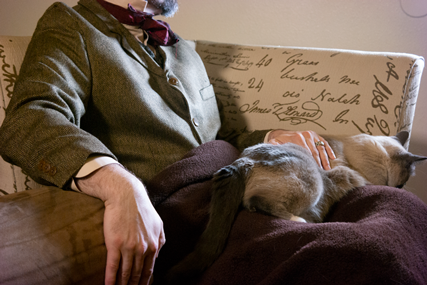
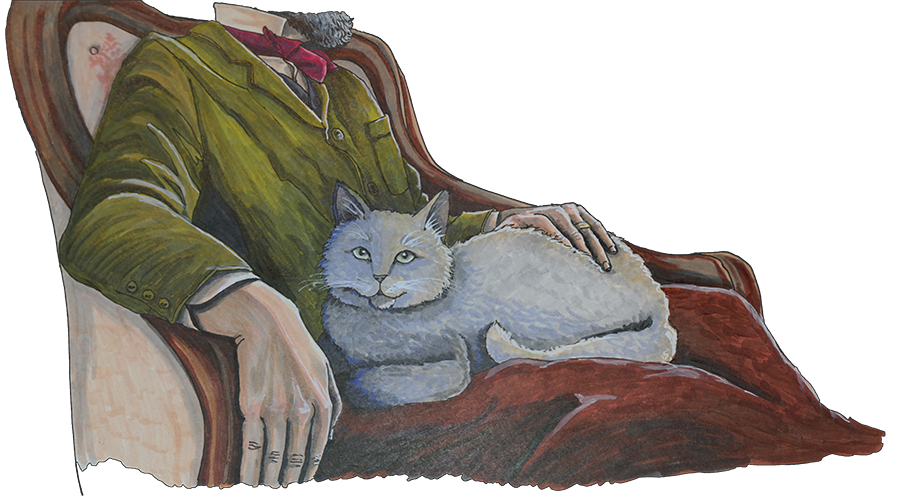
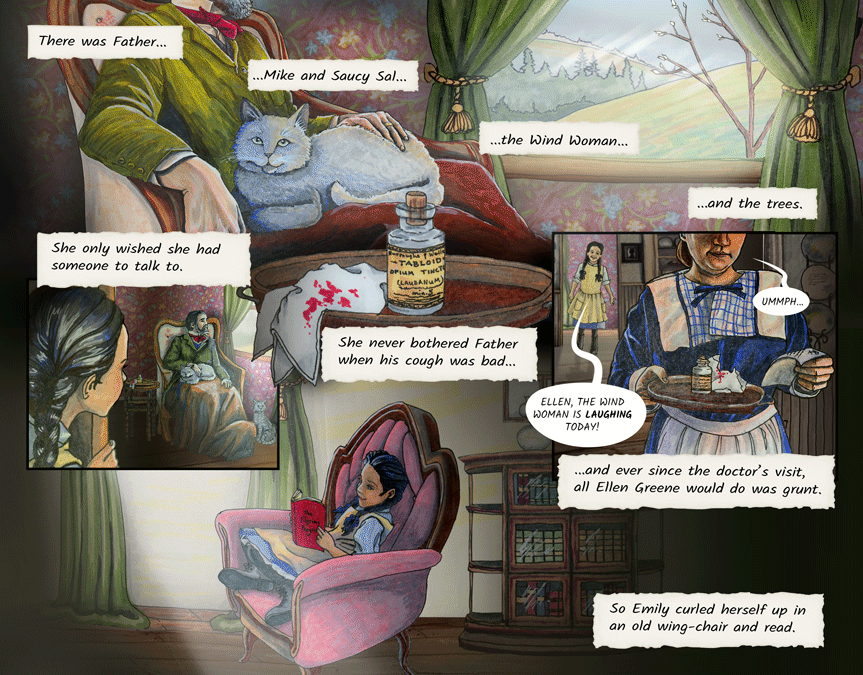
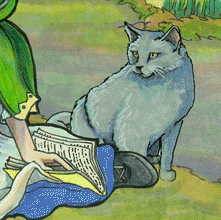
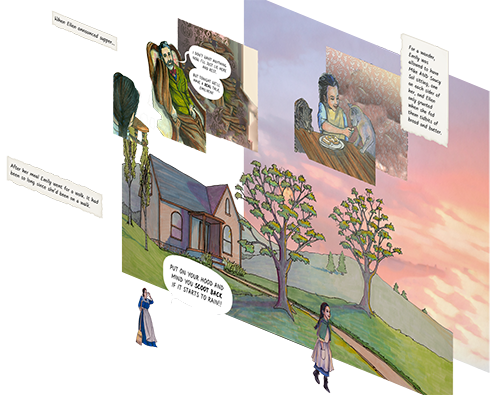

 RSS Feed
RSS Feed